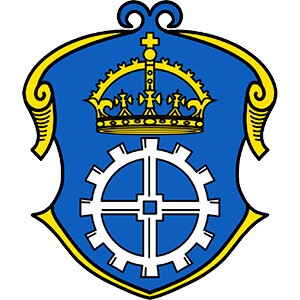The municipality of Gauting is delighted to announce the Gauting International Photo
Summer 2024 this summer from June to September.
Visitors are cordially invited to enjoy
three extraordinary exhibitions in the open air in the idyllic town hall garden. Impressive
photographic works await you, inviting you to linger, admire and reflect. Admission to this
cultural event is free.
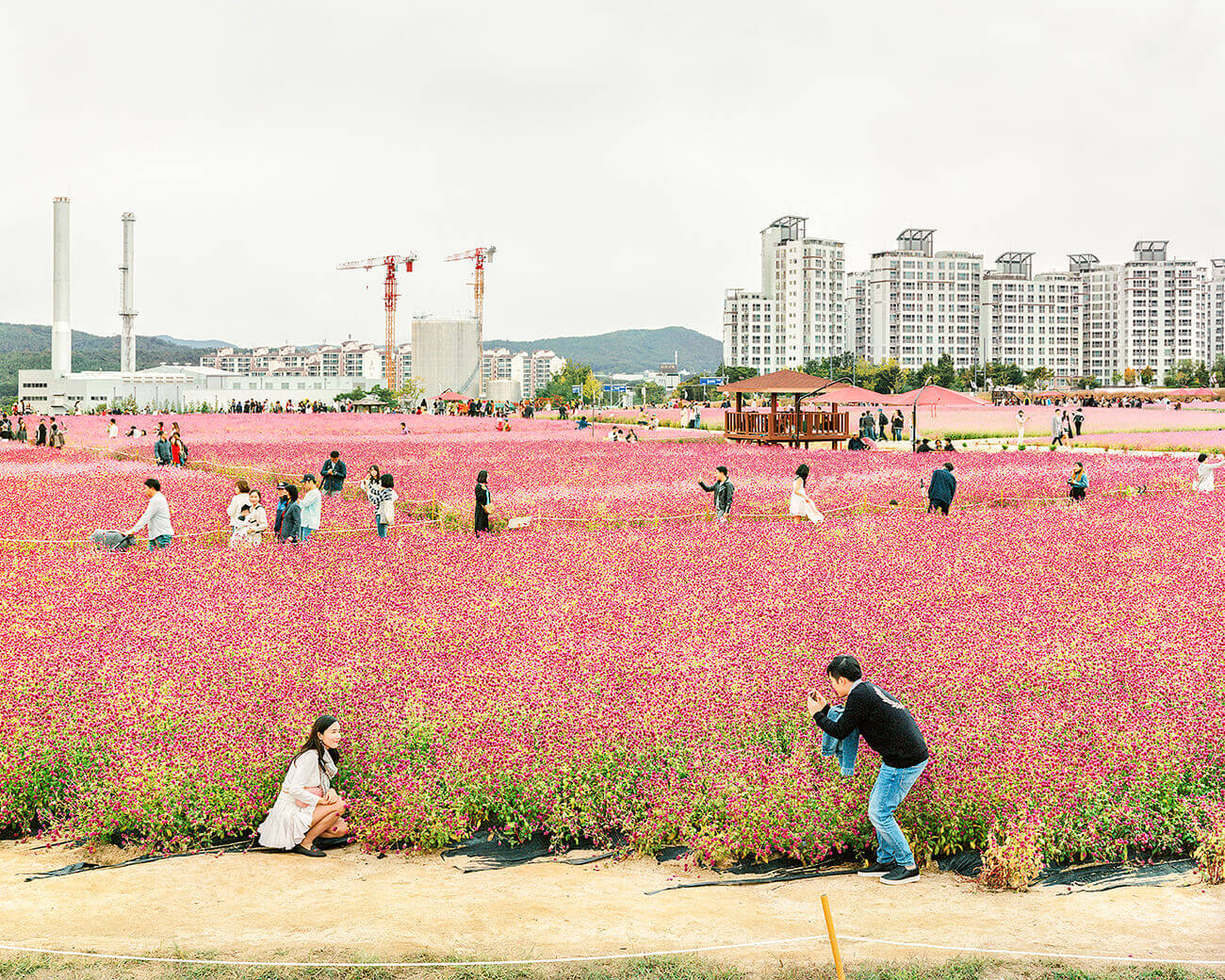
Globe Amaranth Festival, 2018 © Seunggu Kim, courtesy Rathaus Gauting, Michael Nguyen
’s “Better Days” is not just a series of photographs; it is a narrative journey into the heart of South Korean
society. The series skillfully documents contemporary life, where the pursuit of happiness meets the reality of societal
expectations. Through vivid images that juxtapose urban landscapes with moments of leisure, Kim reflects on the concept of
leisure and leisure spaces in South Korea. “Better Days” delves into the nuances of how urban spaces are used for brief
escapes from the bustling city life, revealing the artist’s contemplations on finding balance and harmony in a fast-paced
society.
“Better Days” offers a deep insight into today’s life in South Korea, seen through the eyes of one of its most innovative
photographers. The exhibition not only showcases the artist’s outstanding skills in documentary photography but also
reflects on social developments and the collective pursuit of a better life in cities. It encourages reflection and exchange on
topics such as community spirit, identity, and the quest for happiness.
Seunggu Kim's work has been celebrated both nationally and internationally, with works in prestigious collections including Museum
Hanmi, Korea, The Pushkin State Museum of Fine Arts, Moscow, Russia, National Museum of Modern and Contemporary Art,
Art Bank, Korea, Museum Center Ploshchad Mira, Krasnoyarsk, Russia, Museum of Contemporary Photography, Chicago, US,
KT&G Sangsangmadang, Korea, National Museum of Modern and Contemporary Art, Art Bank, Korea, Gyeonggi Museum of
Modern Art, Korea, GoEun Photo Museum, Korea and Dong-gang Photo Museum, Korea. Numerous media have reported
on Seunggu Kim's works, including the New York Times, CNN and the Financial Times.
Seunggu Kim is a photographer who lives and works in Seoul, South Korea. He earned a Bachelor’s degree in Photography
from Sangmyung University and a Master’s degree in Fine Arts from the Korea National University of Arts. In his work, he strives
to illuminate the lifestyle in South Korea by creating a balance between natural and unnatural elements in his photographs.
Kim explores the complicated nature of our reality by depicting how various aspects of our lives - such as the center and
margin of our society, traditions and modern developments, spiritual beliefs and material desires - intersect, blend, and evolve
through everyday themes like urban living, suburban areas, leisure activities, and the climate.
He tells that we are eating barbecue meat, lighting a campfire and making memories. He observes the various spaces and people
around the city and slowly frames them, expecting the complex situation to come into balance. Ordinary leisure time lived by an
individual is collected by him in a square frame, expanded into dozens or hundreds of moments, arranged and forms a multi-
layered relationship.
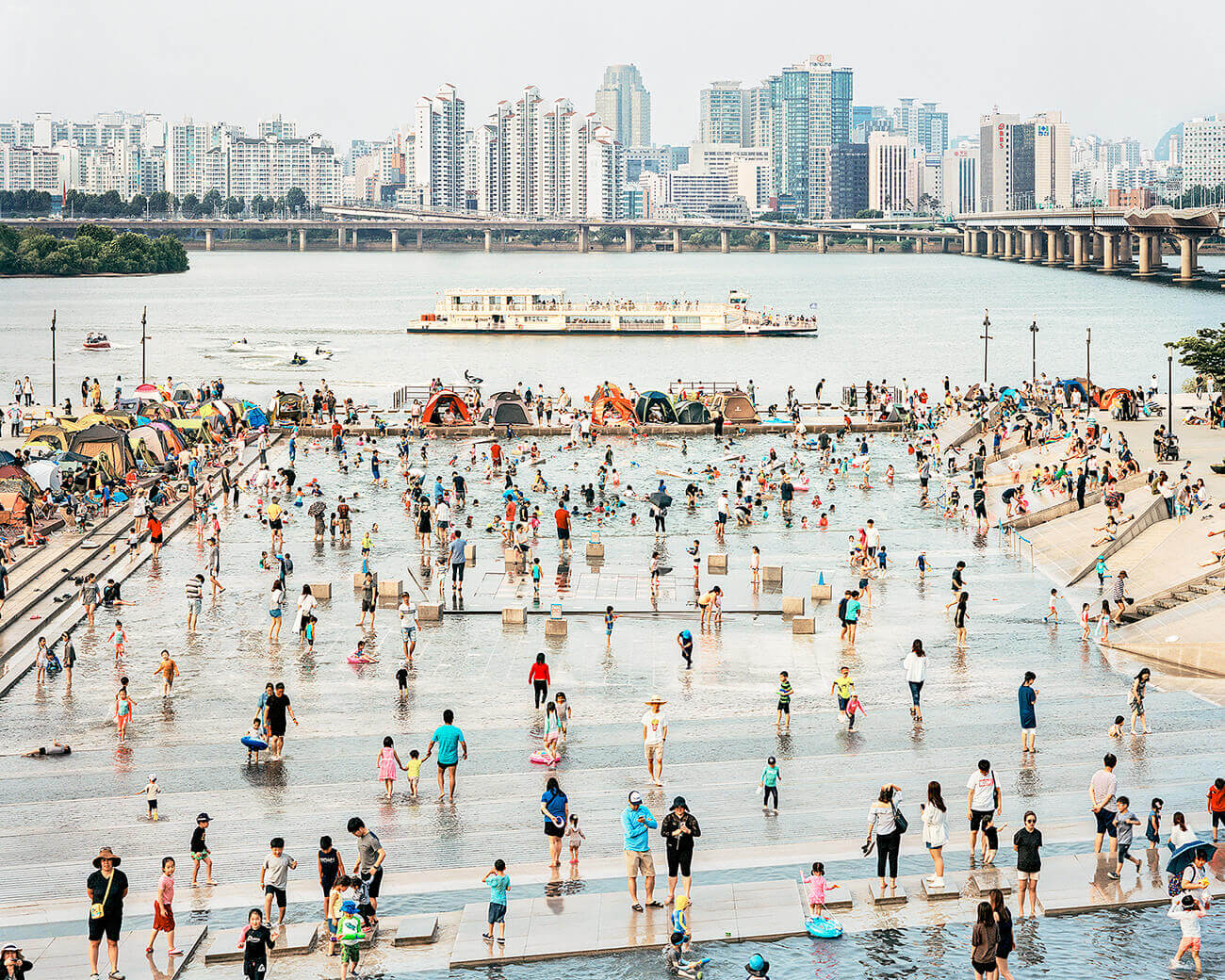
Mulbit Park, Seoul 2018 © Seunggu Kim, courtesy Rathaus Gauting, Michael Nguyen
The Color of Absence uses fantastic images to illuminate the theme of absence, which manifests itself in many
contradictory forms - longing despite closeness, loneliness within the sunny illusion of domestic tranquility, shadows on a
sunny day and realism paired with illusion. In her series, Fran Forman combines and manipulates, alters and fuses
photographs with painting, reality with fiction - whatever it takes to tell the story. Each image is carefully constructed digitally
over many weeks by assembling and mounting (usually non-professional) models, costumes, figures, objects and backdrops
like a stage set. Shadows and light, often constructed digitally, become the main actors in the picture.
Fran Forman has received major prizes and awards for her work. Her photographic paintings are in the permanent collections of the Museum of Fine Arts in Boston, the Smithsonian National Air and Space Museum (NASM, Washington, DC), the Museum of Fine Arts in Houston, the Grace Museum in Abilene, the Sunnhordland Museum in Norway, the Conner Collection at the University of Texas and the North Down Museum in Northern Ireland.
Fran Forman place their subjects in uncertain environments, beyond the reach of societal closeness. The subjects are as elusive
as a shadow or engrossed in their inner world. The play of light within a shadowy space - with its silence - gradually evokes a
sense of existential isolation. An empty space hints at an absence or the ‘space’ between this world and the next. Geometry,
especially the use of rectangles and diagonals, seems to suggest a sense of stability, refuge, and a solid foundation, but it cannot
suppress a feeling of restlessness. Vivid fantasies trap the viewers in a distorted perception of time and space, ultimately offering
an ‘escape route’ through an illuminated window, a mirror, or an ajar door.
Influenced by Edward Hopper's paintings, her protagonists
are characterized by fragility. Each of her paintings tells its
own story, captured in the interstices of absence, challenging
the viewer to see beyond the visible and feel the invisible.
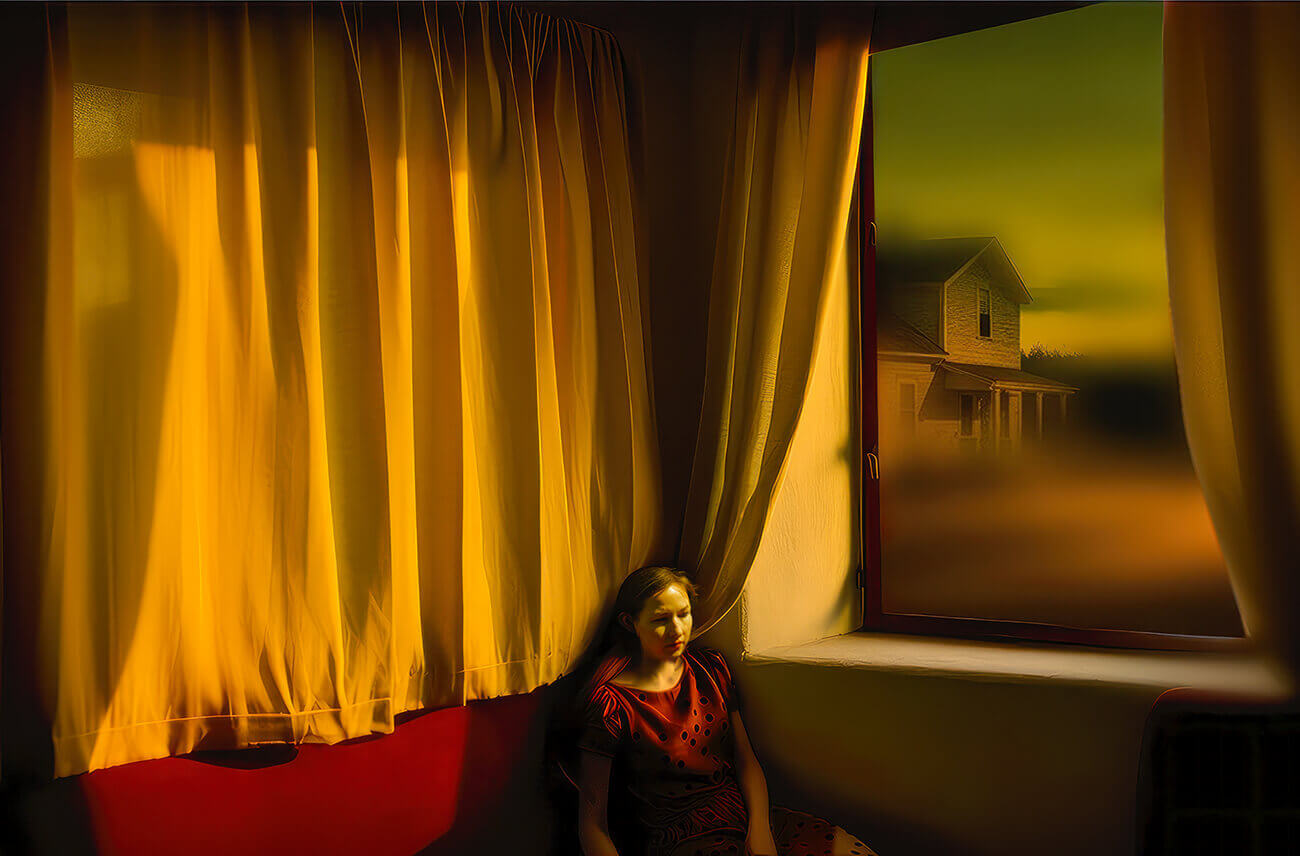
Yellow Curtain © Fran Forman, courtesy Rathaus Gauting, Michael Nguyen
The series is inspired by the proverb “the eyes are the window to
the soul” and a desire to challenge the need to see the eyes (and
therefore the “soul”) within a portrait photograph. Each image
disguises the eyes of the subject in order for the viewer to find a
connection with the character and narrative without the visual
stimulation of the eyes.
The photo series depicts the female quest for an independent
identity, which is here communicated through external
appearance, clothing, and posture, thereby questioning the
common practice of judging a person’s character through eye
contact. Each image tells its own story, connected by the common
motif of concealed eyes, and provides insights into the
multifaceted and nuanced aspects of femininity..
“Selfhood” utilizes elements of fantasy and references to traditional
fairy-tale characters as well as modern heroines to portray the
spectrum of female experiences and identities. From Snow White
to Sleeping Beauty, from Alice to Offred, the series pays tribute to
these strong, yet vulnerable, female personalities. By concealing
the eyes, the traditional symbol of soul and identity, Vicky Martin
reveals the internal conflict between a woman’s own femininity and
society’s stereotypical expectations..
Vicky Martin, an award-winning
photographer from the UK, is
known for her conceptual portraits
that blur the boundaries between
fantasy and reality and foreground
the female experience. Her work is
held in permanent collection at the
FotoNostrum Mediterranean House
of Photography in Barcelona and is
represented by Inside Out Art
Gallery, Brussels. She lives and
works in Staffordshire.
Her photographs are particularly
known for exploring the
boundaries between fantasy and
reality, highlighting themes of
strength and vulnerability, with a
particular focus on female
experiences. Martin intertwines her
fictional characters with carefully
constructed staged realities to
create narratives about inner
conflicts and tensions..
In her photographs, she explores recurring questions about female role models, the pressure to conform, and the
accompanying senses of vulnerability and self doubt. Her works invite viewers to reflect on personal and societal perceptions,
deliberately encouraging their own individual interpretations..
Her work has been widely published and exhibited nationally and internationally, from Europe to the USA in solo and group
shows and her work continues to garner many awards and nominations, which include Winner of the Praxis Gallery
Anthology Directors' Choice Award 2024, XIV Florence Biennale Finalist 2023, Portrait Photographer of The Year 2020 at the
Minimalist Photography Awards, Winner of the Professional Beauty and Fashion Category at the Chromatic Awards 2018,
Winner of the Single Image in the Professional Fine Art Category at the 12th Julia Margaret Cameron Awards 2018 and
Winner of the Professional Fine Art Series at 2016 Fine Art Photography Awards..
While working on this photo series, Vicky Martin was inspired by strong female figures from both classic fairy tales such as
Snow White, Sleeping Beauty, Alice in Wonderland, and Little Red Riding Hood, as well as more modern characters with
potentially darker backgrounds, like Offred..
Although these characters are known for their tenacity and independence, they also display vulnerability and the need to
hide behind traditional images of femininity. Martin wanted to portray this conflict in the series by partially concealing the
eyes of the female figures. This is intended to highlight the inner conflict between a woman’s personal identity and society’s
stereotypical expectations. The concealed eyes thereby symbolise a dual desire: on the one hand, the female’s need to hide
the “soul” from the world, and instead create identity through a less vulnerable armour of dress and appearance; and, on the
other hand, society’s reluctance to look into a woman’s eyes to see the reality of individuality in each female and expose the
fantasy of an unnuanced, singular female experience..
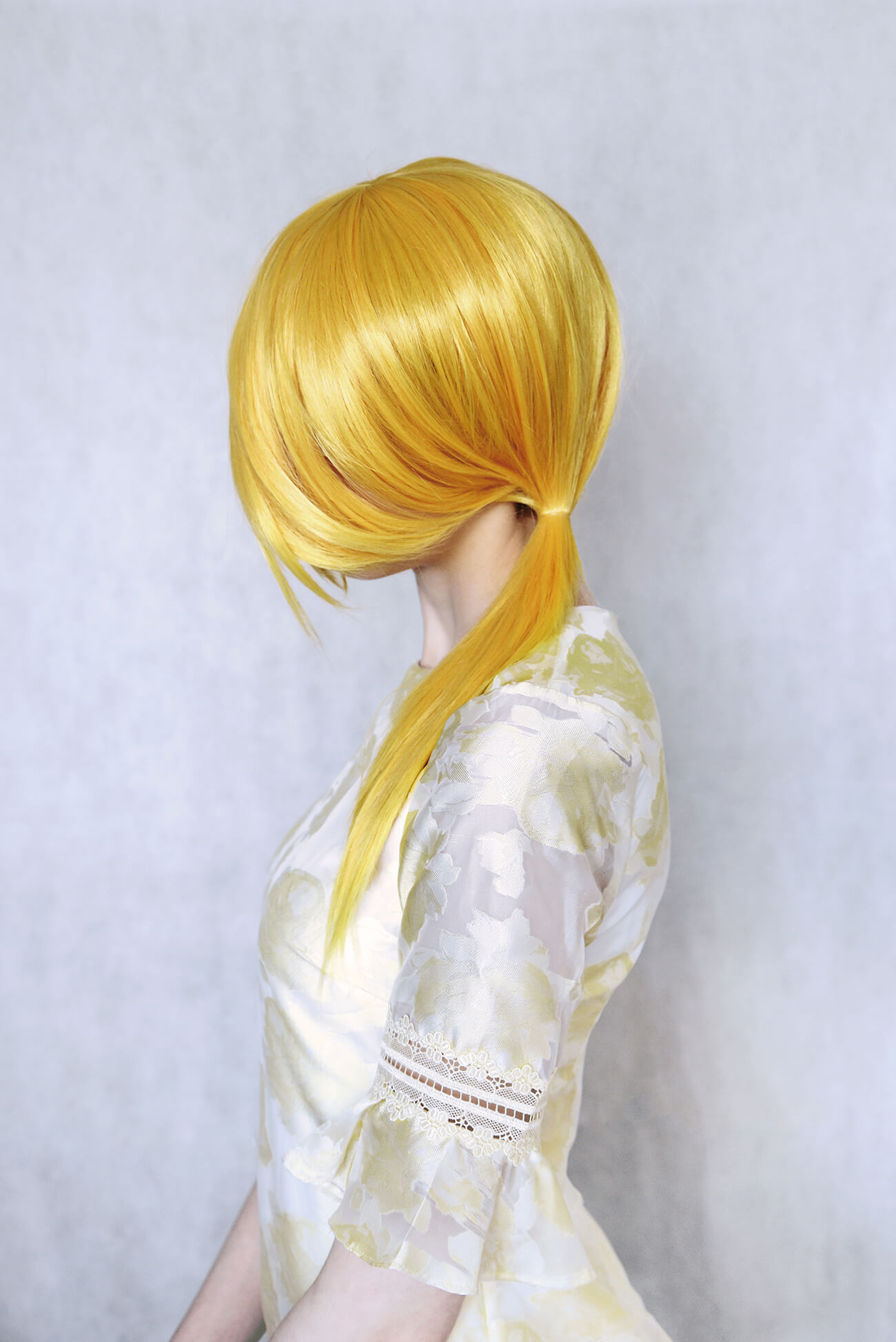
Self, Hair is a way through which to express identity, a way to signal to the outside world our personality. However, hair is also a curtain to hide behind, a veil to disguise our lack of understanding about ourselves, a way to try to fit in or belong in a certain world. Hair then can be both armour or a cage © Vicky Martin, courtesy Rathaus Gauting, Michael Nguyen
